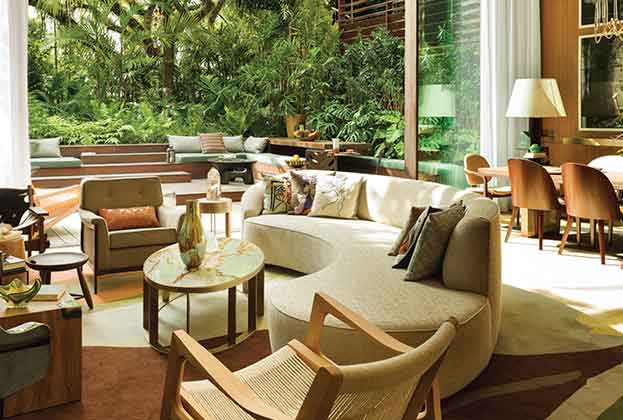Rod Taylor, Savills International Residential Development Sales
The events of 2020 have had a huge impact on the way that prospective buyers view lifestyle and branded residential offerings. The way in which projects are being marketed has had to change in response. The limitations of travel have meant that developers and brands have needed to alter how they communicate with prospective buyers resulting in a heavy focus on digital marketing and virtual engagement.
The change in what buyers require has also affected how developers have had to design their offering, from their unit layouts, the configuration of a building through to their amenities and services.
High-speed internet, outside space and the ability to receive food and beverage safely will be required not only by branded residential homeowners but also hotel guests and a branded residence will have to be designed effectively to accommodate these requirements.
Lifestyle projects which can offer visitors and homeowners easy airlift with a remote destination feel will likely benefit from the changes in buyer requirements. We also anticipate a shift in how buyers are using their homes within branded residential projects, potentially wishing to use them out-of-season, staying for longer periods or even as a base for working remotely.
Those projects which can accommodate their needs over longer periods without a compromise in the level of service or amenities they offer will fare better than those which are not able to do so. For example, a branded residential project which closes part of its hotel services during the off-season will not be as an attractive proposition to a buyer who may now wish to spend the larger part of the year in a home they previously only used sporadically during the peak operational months.
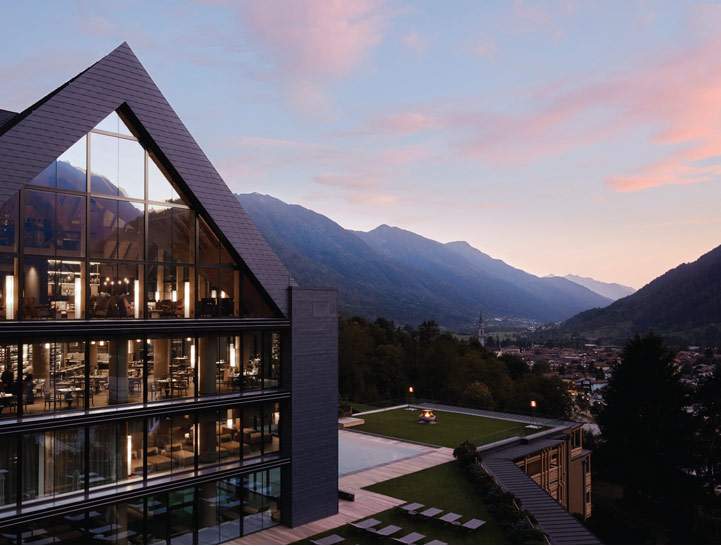
Lefay Resort & SPA Dolomiti
Read the articles within Spotlight: Branded Residences below.
Further information
Global Residential Development Consultancy
.jpg)

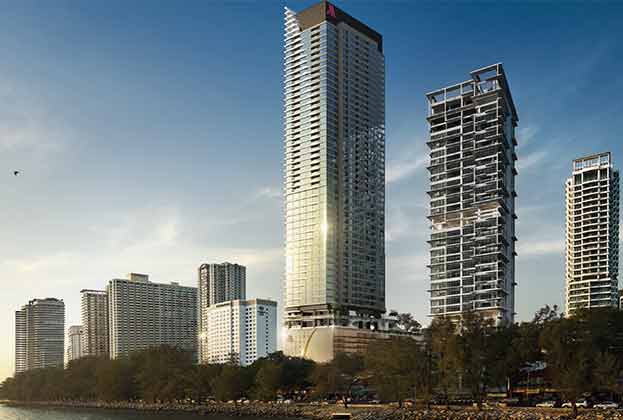
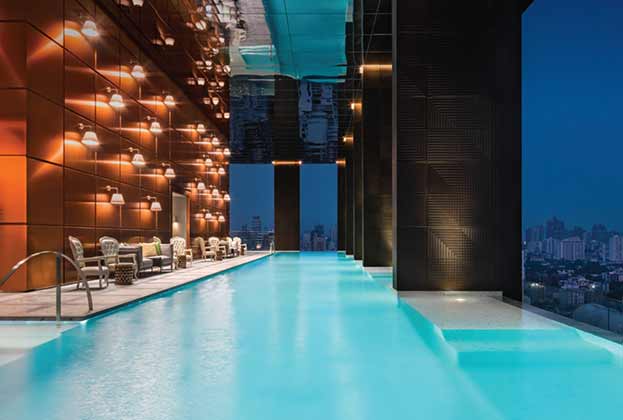
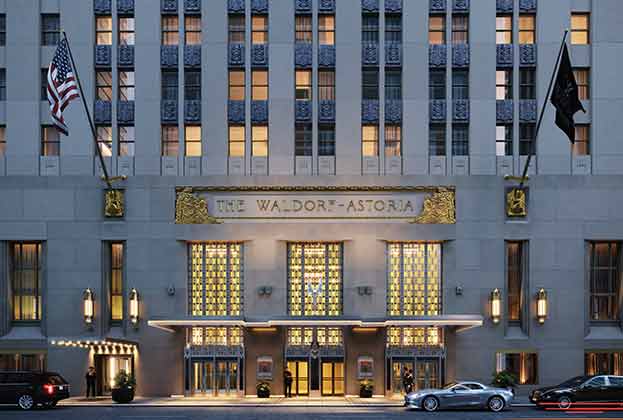
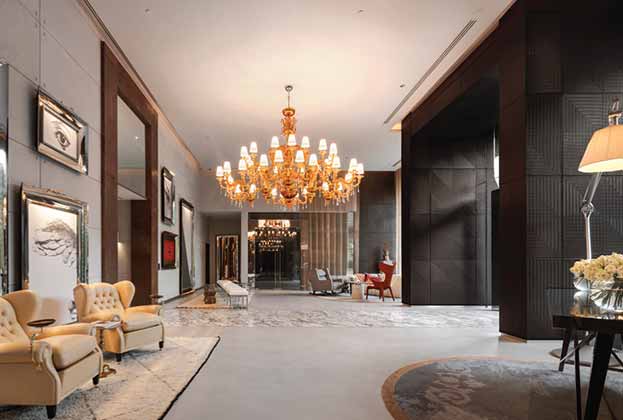
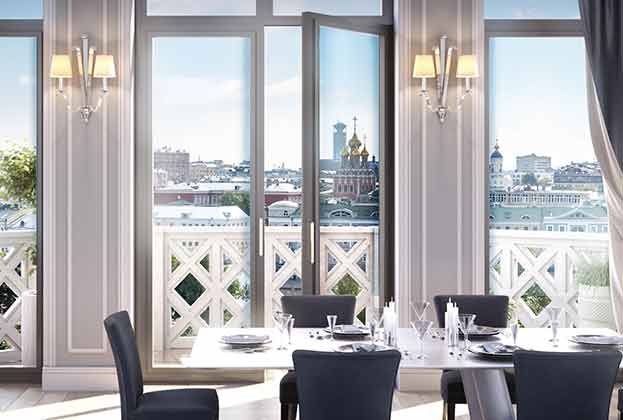
.jpg)
